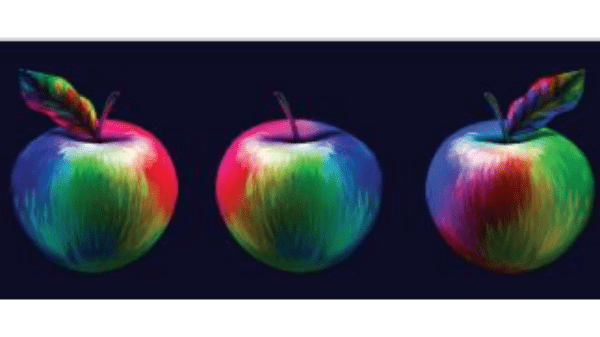Wine lovers are familiar with flavor charts, which set out the nuances of taste the beverage can have.
There are the familiar ones: tropical fruit, grapefruit, cherry, and blackberry, along with those less common or desirable: moldy, sweaty, burnt match, skunk cabbage.
“With incredible new varieties hitting the market, consumers are experiencing flavor like never before,” confirms Angela Sommers, marketing director for BelleHarvest Sales, Inc., BB #:104436 Belding, MI, Michigan’s second-largest apple producer.
The possible downside—market saturation.
“We have a lot of concern surrounding overproduction and new varieties that have taken off slowly,” Sommers continues.
“While we’re certainly improving the flavor profile and eating experience for consumers, purchasing habits have not caught up to that volume. We need to improve consumption through trial and repeat purchases, so our retailers feel more confident in carrying new SKUs long term.”
New varieties are displacing old standards to the extent that some sources fret about the future of the venerable Red Delicious and Macintosh. But there is concern about newer varieties too.
Consumption Trends
Indeed, the apple industry faces a discrepancy common in fresh produce today: many stories and articles touting the health benefits of fruits and vegetables, coupled with unimpressive growth.
Sommers is concerned about declining consumption rates; data for the fourth quarter of 2020 showed flat, unchanged apple performance from the previous year.
“Pre-Covid, we’d seen a dip in volume, which many attributed to the growth in clementine sales and newer grape varieties,” she says. But regarding total U.S. apple performance during the fourth quarter, she says “dollar and volume changes in apples were below the total produce department and fruits in general.”
To put it simply, the coronavirus, a boon to retail grocery and to fruit and vegetable sales in general, didn’t help apples as much as it did other items.
“Consumption trends are somewhat flat,” says Mac Riggan, director of marketing for Chelan Fresh Marketing BB #:170403 in Chelan, WA, though he notes that Chelan’s production has grown over recent years. “We seem to sell everything we grow; it’s not like we’re throwing away a ton of apples.”
“Consumption is difficult to pin down,” he adds. Information about how apples are consumed—fresh versus dried, for example—is “not very detailed.”
Yet he believes, like practically everyone else in the industry, that apple consumption needs to increase.
Diane Smith, executive director for the Michigan Apple Committee BB #:157755, has a somewhat different view.
“The pandemic has boosted sales in most areas of produce, and apples are no exception. We saw tremendous growth in the category last spring, and it has continued through the fall,” she says.
Packaged produce, in particular, she notes “has been an agent for growth in the apple category.”
Sentiment about the future appears to be generally cautious.
Nick Mascari, president of BelleHarvest Sales, says, “We’re competing in a crowded, commoditized industry, where customers have more choices than at any point before, and supply has exceeded demand.
“The industry, especially on the regional side, has too many players,” he contends, “and I predict a consolidation of sales marketing arms, with the weaker players getting forced out of the market. The consolidation will create economies of scale and make the marketplace more competitive.”
The proliferation of varieties, while a boon for consumers, creates problems for the industry.
Cynthia Haskins, president and CEO of the New York Apple Association BB #:153673, lists “securing shelf space for the many apple varieties” as a top industry concern and stresses the need for “an opportunity to work with our retail partners on educating consumers on the flavor characteristics.”
This is an excerpt from the Apple Spotlight in the July/August 2021 issue of Produce Blueprints Magazine. Click here to read the whole issue.



